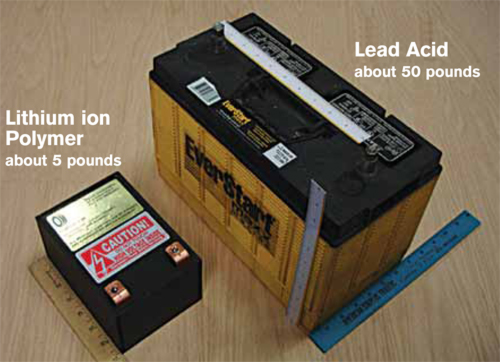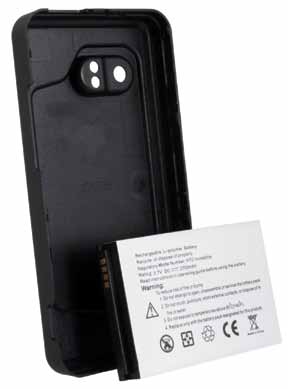
Have you ever been in a situation where you had to make an urgent call and your cellphone ran out of power, or your laptop switched off in the middle of an important client presentation? Clearly, using gadgets on the move is not fashion but a necessity to stay ahead in the competition. The gadgets need a portable power source to work unplugged. This has created a huge platform for R&D in batteries—the portable power storage devices.
When it comes to deciding a battery for your new product, it is very important to look at the battery chemistry. Hiren Shah, assistant general manager, Panasonic Industrial India, shares, “A battery is an electricity generator whose performance depends on its chemical reaction.” The battery has a shelf life and service life, and its performance varies with changes in environmental conditions. Therefore before finalising the battery for your portable application, its complete know-how is extremely important.
Today, about 90 per cent of the consumer products use a Lithium-ion (Li-ion) battery. These hold a market value of $11 billion (as of 2010), which is expected to reach $43 billion by 2020.
Syed Mubasheer Ali, business development manager, D Espat, shares, “Li-ion batteries are common in small applications like micro-robots, mobile phones, field-deployable devices, cameras and medical devices. With the kind of benefits these offer, they have also entered and will soon establish a market for electric and hybrid vehicles.”
Expectations from a battery
Packing more power in a small area is a key requirement in every consumer product today. As laptops, tablets and cellphones shrink in size and weight without compromising on the quality of audio, graphics, etc, you need batteries which are thinner and lighter with higher power densities.
The power and voltage requirements vary from product to product, and commercially available batteries don’t always meet that level of requirement. S.S. Kandhari, CEO, Kandhari Photoelectronics, says, “These needs are served by supplying battery packs ranging from 3.7V to 14.8V. Li-ion battery packs are much lighter and smaller than other battery chemistries, making them highly suitable for LED lighting and UPS backup applications.”
Ali shares, “Starting from voltage and playtime requirements to the preference of dimensions and weight, you need to make mathematical estimates with provisions for the factors of safety and degradation of the chemistry over the expected life of customised battery solutions.”
Today, original equipment manufacturers (OEMs) demand batteries with highly customised footprints and performance characteristics, which is impossible with batteries like nickel-metal hydride (NiMH) and nickel-cadmium (NiCd).
“OEMs demand an X ampere-hour battery to provide peak pulse currents of 18X-30X amperes in order to meet conditional operations of the device, which is definitely impossible with legacy chemistries. Light weight, high energy density, safe materials, fast recharging, high continuous current and peak pulse from small-capacity cells, and consistency in quality are the requirements of OEMs today,” adds Ali.
Li-ion batteries fit the bill
It is the battery and its chemistry that make a product energy-efficient. Li-ion batteries are environment-friendly compared to NiCd and sealed leadacid (SLA) batteries which were commonly used earlier. Basically, these are secondary (rechargeable) batteries that use the electrochemical reaction between a negative lithium anode and a cathode to generate an electric current. Most rechargeable (able to reverse the electrochemical reaction in the opposite direction of discharge) batteries are also easily recyclable.

You might have heard that repeated charging of your cellphone or laptop degrades its performance and life. Well, it was true until Li-ion were used in these devices. The performance and shelf life of batteries degrade due to ‘memory effect.’ When a battery is recharged before it has discharged half the power, it tends to forget its original power capacity. As cadmium crystals are the culprits, NiMH and Li-ion batteries have no memory effect.
[stextbox id=”info”]
Lithium batteries show a high volumetric energy density. Ali recounts, “Polymer lithium (PLI) batteries have 3.7V per cell, which is thrice the voltage of NiCd or NiMH. Further, these are very long-lasting, robust and maintenance-free. They can be built into a rugged assembly battery to suit the requirement.”
“It is because of the Lithium substance that a Li-ion battery has a higher energy density in a smaller size and weight than previous technologies,” explains Shah. They also have lower self-discharge rate—typically, only 5 per cent loss over a month—which means longer shelf life.
Lithium-ion: Indian scenario
There are nearly 10 million mobile devices sold in India, making India the largest consumer of mobile phones. This indirectly makes India a big consumer of Li-ion batteries too.






